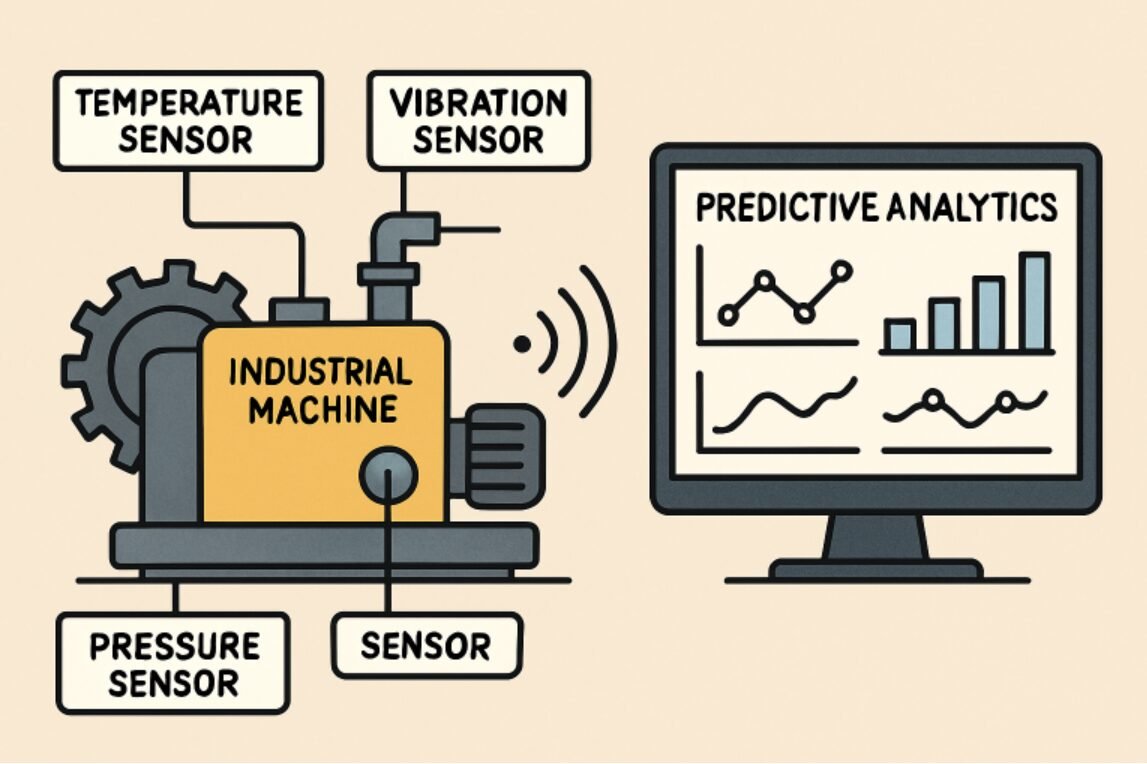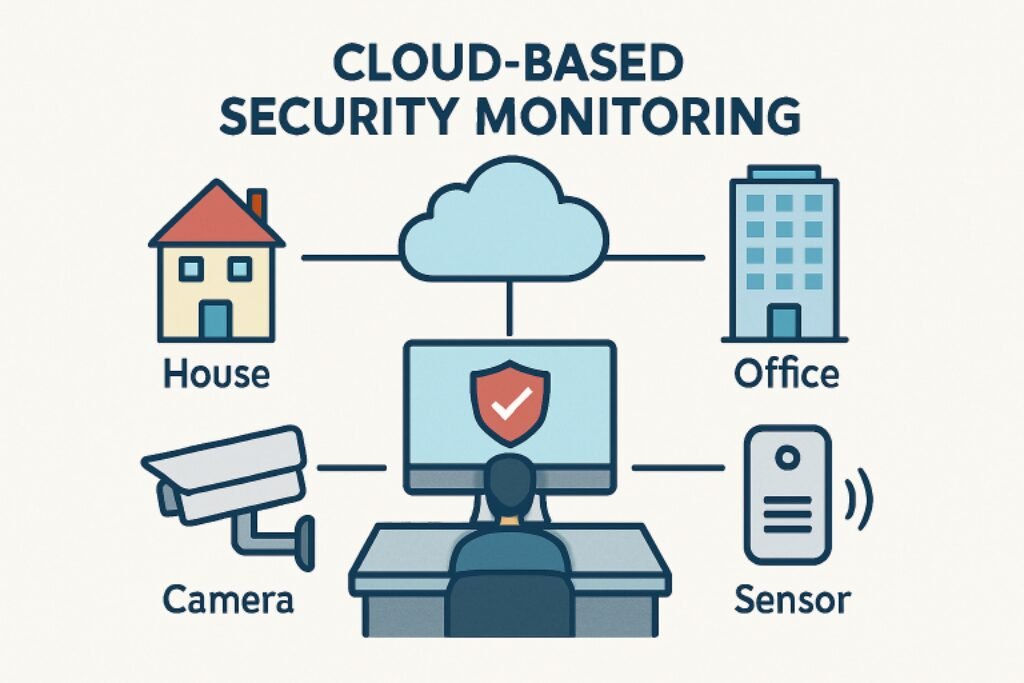The Shift from Reactive to Predictive Maintenance
The traditional approach to industrial maintenance has long been reactive—fixing problems only after failures occur. This wait-until-it-breaks stance, while straightforward, typically incurs high costs, disrupts operations, and can lead to significant productivity losses. Technicians are often forced into crisis mode, scrambling to fix critical issues that could have been prevented. Over the past decade, there has been a powerful migration toward predictive maintenance: an innovative strategy enabled by advanced analytics, artificial intelligence, and APM software solutions that monitor equipment health in real time. As organizations embrace digital transformation, the focus is shifting toward minimizing reactive work and allocating resources strategically.
Predictive maintenance employs cutting-edge tools to analyze historical and live equipment data, identifying patterns that signal potential breakdowns. With remote sensors, software platforms, and cloud computing, maintenance becomes a proactive exercise. By acting on these insights before issues escalate, organizations avoid unscheduled downtime, optimize asset usage, and substantially extend the lifespan of critical machinery. Not only do these methods improve operational resilience, but they also free up personnel to focus on higher-value activities, creating a safer and more productive environment.
Integrating IoT and AI for Enhanced Monitoring
The advent of Internet of Things (IoT) devices is transforming industrial maintenance by offering unprecedented visibility into assets on the factory floor and beyond. IoT sensors continuously collect data on variables such as temperature, pressure, and vibration, providing a comprehensive view of equipment conditions that is often inaccessible through manual inspection. This constant flow of real-time data provides early warning signals, enabling maintenance teams to anticipate problems and fix them before failure occurs.
Coupled with machine learning and AI, this data is fed into sophisticated models that detect abnormalities and forecast failures before visible symptoms appear. Intelligent algorithms digest enormous datasets from various machines, analyzing deviations from normal behavior and alerting teams when patterns suggest trouble ahead. This powerful combination allows maintenance teams to prioritize resources where they are needed most, reducing unnecessary inspections and enabling precise, timely interventions.
Benefits of Predictive Maintenance
- Reduced Downtime: Predictive analytics pinpoint the optimal window for maintenance activities, minimizing interruptions and keeping operations smooth. Businesses benefit from higher equipment availability and increased production time, avoiding costly rush repairs.
- Cost Savings: By addressing issues before they turn into larger failures, organizations save money on emergency repairs and extend equipment lifespan, leading to lower capital expenditures over time. Preventing unplanned outages also reduces lost revenue that results from halted production lines or idled assets.
- Improved Asset Reliability: Regular real-time monitoring ensures machinery remains in peak condition, enhancing safety and productivity. Reduced wear and tear minimizes the risk of secondary damage, making environments safer for operators and preserving investments in expensive equipment.
Companies investing in predictive maintenance often achieve higher production output, improved workplace safety, and a competitive edge through operational efficiency. With fewer breakdowns and less time spent troubleshooting, businesses are better positioned to outpace competitors and meet customer demands with confidence.
Real-World Applications and Success Stories
Predictive maintenance is redefining performance standards across diverse sectors, including manufacturing, energy, and transportation. For instance, an international automotive manufacturer adopted AI-powered predictive maintenance on its production lines, resulting in a 45% reduction in downtime and $15 million in annual maintenance cost savings. This initiative also increased Overall Equipment Effectiveness (OEE) by 12%, highlighting the broad potential for value creation through data-driven maintenance strategies.
Utility companies have successfully deployed predictive solutions to monitor infrastructure and assets such as turbines, pipelines, and transformers, significantly enhancing grid reliability and optimizing power delivery. By leveraging real-time analytics and automated alerts, utilities can rapidly detect faults before outages occur, improving customer service and reducing regulatory penalties. Predictive maintenance has also proven its worth in industries like aviation, where continuous monitoring of airplane engines and systems enables airlines to schedule maintenance only when needed, ensuring aircraft remain airworthy and reducing delays.
Additionally, predictive maintenance is gaining ground in the oil and gas industry, where remote well sites and offshore platforms pose unique logistical challenges. With access to continuous data streams, operators can identify failing components early, limit unplanned downtime, and minimize environmental risks. The adoption of predictive maintenance across such a wide spectrum of industries demonstrates its universal applicability and transformative potential.
Challenges in Implementing Predictive Maintenance
Despite its clear advantages, integrating predictive maintenance into legacy systems is not without obstacles. A major technical hurdle is consolidating disparate data sources—historical logs, sensor outputs, and machine control systems—to provide a unified analytical view. Many organizations operate a mix of old and new equipment, and getting all assets to communicate effectively requires thoughtful planning and technical upgrades.
Organizations must also justify the initial investment required for IoT device deployment, a robust IT infrastructure, and specialized software. The return on investment may be significant over time, but upfront costs and potential implementation interruptions are factors decision-makers must weigh. Additionally, a shortage of personnel with data science and advanced analytics expertise often hampers effective implementation. Overcoming these barriers calls for strong leadership commitment, an incremental rollout approach, and dedicated workforce training initiatives to close the digital skills gap. Success is often achieved through collaboration between internal teams and experienced external partners who can help bridge technical and process-related gaps.
Future Trends in Predictive Maintenance
The next wave of predictive maintenance innovation is focused on digital twins—virtual replicas of physical assets that enable companies to simulate, monitor, and predict performance scenarios. Digital twins provide a powerful platform for testing maintenance strategies and visualizing the effects of specific interventions, enabling unparalleled accuracy in optimizing resource allocation. Combined with edge computing, which processes data locally rather than relying on a central server, these advances unlock faster decision-making and further reduce latency in incident response.
As AI models continue to evolve, they will deliver even more accurate predictions and actionable insights, fueling the emergence of truly autonomous maintenance systems. The growing adoption of 5G and improved wireless connectivity will support the proliferation of smart sensors and devices, making predictive capabilities accessible in even the most remote or hazardous environments. Continuous improvement in cyber-physical systems and cloud integration promises to make predictive maintenance accessible and scalable for organizations of all sizes. With real-time data analysis and automation, companies can expect lower maintenance costs, less risk of failure, and greater workforce efficiency.
Conclusion
Predictive maintenance is rapidly becoming the backbone of resilient, efficient industrial operations. Through the power of data analytics, IoT, and AI, businesses can proactively address equipment health and minimize lifecycle costs. Embracing predictive practices helps organizations manage risk, enhance production outcomes, and maintain high standards of safety and sustainability. As technology advances, predictive maintenance will play a pivotal role in building smarter, safer, and more productive industries worldwide. In the years ahead, companies that harness data-driven maintenance strategies will be best equipped to thrive in an increasingly competitive, dynamic global market.





